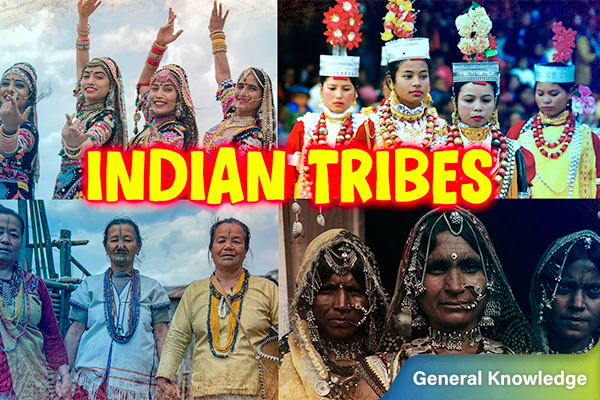Unique Traditions of Indian Tribes
India’s tribals follow unique and ancient traditions that continue even today. From matrilineal families to snake dances and eco-farming, each tribe shows a different way of living.
India has hundreds of tribes, and each has its own unique culture, traditions, and way of life. Many of their customs are very old and still followed today. Here are five interesting tribal communities from different parts of India.
The Satiyaa community of Rajasthan consists of around 24 nomadic families. They live in temporary huts and earn by removing dead cattle. Their beliefs about life and death are very unusual. They celebrate death with dance, sweets and liquor, saying it frees the soul. But when a baby is born, they cry and stop cooking as they believe life is a punishment.
The Kalbelia tribe of Rajasthan, living in Ajmer, Udaipur and Chittorgarh, is famous for the snake dance. Their name comes from “Kal,” meaning death. Unlike most Hindus, they bury their dead and follow rituals for purification afterward. Their dance and music are recognised by UNESCO.
The Apatani tribe of Arunachal Pradesh is known for eco-friendly farming. Older women used to wear wooden nose plugs and tattoos to avoid being kidnapped. They also grow fish in rice fields without machines or chemicals, a method recognised by UNESCO.
The Bhil tribe, found in Madhya Pradesh, Gujarat and Rajasthan, celebrates the Bhagoria Festival where young people choose their life partners. Shamans called Bhopa enter trances and perform spiritual healing.
The Khasi tribe of Meghalaya follows a matrilineal system where property and family name pass through the mother. The youngest daughter, Ka Khadduh, inherits the home and cares for parents.
These traditions show the rich diversity and creativity of India’s tribal heritage.







